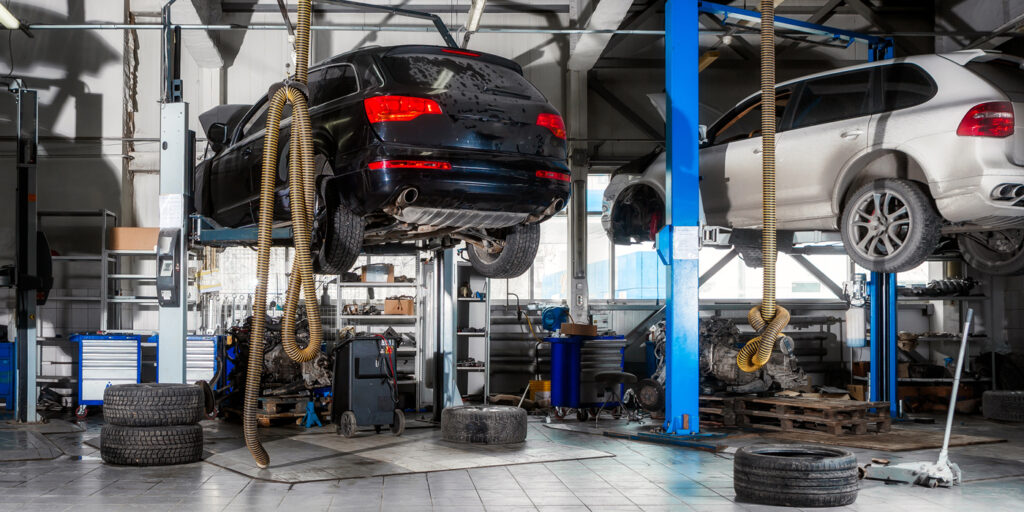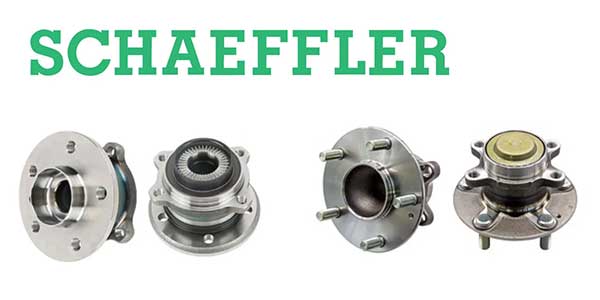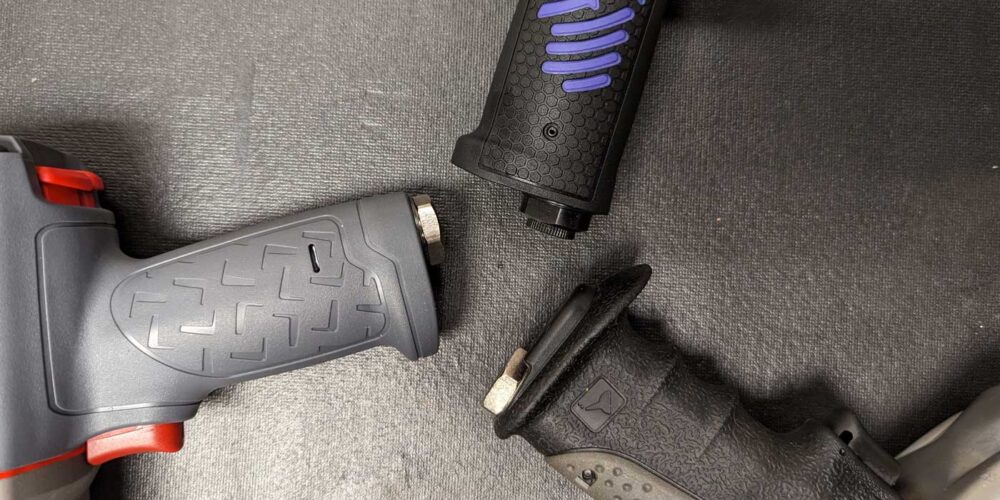Lately, industry “experts” are justifiably focused on the crescendo of the long overdue overhaul of attracting young people to auto and collision recruitment with training programs. However, I have not seen as much a feverish discussion to save the precious techs we currently have.
In my opinion, to understand what is happening today, use a split screen. One side is for why young people have less interest in our trade than a free trip to Chernobyl. The other side of the screen is occupied by the forces driving existing talented expert techs (who can handle the massive tasks required of today’s auto tech or collision work) packing up their boxes on a truck and on to other ways of being liberated and making a living.
I am going to go full throttle here — because I can. Unlike many of you, my business (helping over 3,000 auto repair and collision centers across the country fill technician positions), does not hinge on the main culprit of this dilemma: “ALICE.”
Let me start this discussion by introducing you to “ALICE.” No, she is not the owner of the restaurant in the Vietnam protest song. Nor is she my girlfriend or my wife’s girlfriend. ALICE describes most of your crew on the floor: Asset Limited Income Constrained Employed.
This new human resource and labor force nomenclature represents the growing number of individuals and families who are working but are unable to afford the basic necessities of housing, food, child care, health care and transportation. In the case of a family of four, this would mean earning less than $60,000 annually.
Let me distill it a little further. Let’s say your team member on the production floor averages $25 an hour during a 40-hour workweek. Guess what? $25 X 40 hours X 52 weeks is $52,000 a year = ALICE, unless they have a working spouse.
Let me add caffeine: take that same employee without a working spouse, now they need to make $29 an hour to survive. So, let’s pretend we are young again.
We have binged-watched the Motor Trend channel where the image of stench and stigma of a craftsman is gone. (Thank you, Motor Trend!) We then see the immaculate shops in the UTI and Lincoln Tech commercials. (More stigma removed!)
So, to further our curiosity, we read the trade school’s online info that we would need a student loan of $30,000+ to participate in one of these fine, higher learning institutions’ professional degrees. Also, we read we will have to purchase $20,000+ in tools. All this to perhaps indulge what we hope is a profession that gives us satisfaction as well as pays all the bills and student loans.
That leads us to our next step. We seek the know-all/see-all pal Google, where we put in “average salary of collision repair technician” or “average salary of an auto technician.”
Result? “Auto repair technicians make an average $46,760 per year” or $22.48 per hour. And “Collision repair technicians make an average $41,570 per year” or $19.99 per hour.
That means a single earner with some good skills and experience = ALICE. Never mind tool expense and student loan debt.
Hell, if I were young, I would apply to COSTCO or Amazon or Disney or Apple or Ben & Jerry’s or Walmart, make at least $14 an hour to start and continue to binge watch “All Girls Garage.”
Further distilling: If our goal is to escape ALICE, we need to make $61,000. That equates to $29.50 an hour. The gap that your DPRs are paying today, or your average shop tech pays to support the gross we need to survive, is not just a bridge too far, it is a canyon far and wide!
Conclusion? It’s time to lean in on insurance companies in the collision industry, as well as raise our door rate to our mechanical shops. Insurance companies particularly must be made aware that keeping their foot on your throat cuts the air off into your gross whereby you are fishing for new employees (and losing good ones) to other industries. The passage of the bipartisan Infrastructure Bill will put massive money and efforts nationwide into railroads, utility companies, oil companies, trucking and other companies to fill their open positions.
How much of student loans and tools do these candidates need to apply for these opportunities from the Infrastructure Bill? Nada! As a matter of fact, most employers will offer: sign-on bonus, retirement plans, opportunity to make $80,000+ within a few years.
I advise our communities to network up as groups. Devise a business plan that you ratchet up rates, whereby you:
A. Pay you more so you can afford to pay your invaluable craftsman above ALICE
B. OR co-op with community colleges/tech schools to form an apprentice program with you
C. OR BOTH
Start talking to other shops today! Otherwise, if we all lack the courage to administer such a solution, this will add up to a “crash-out” almost as dramatic as Brexit. No action could equal quality auto/truck technicians, body men and painters will be a thing of the past like Blackberrys or Wang computers.














